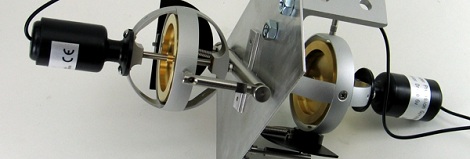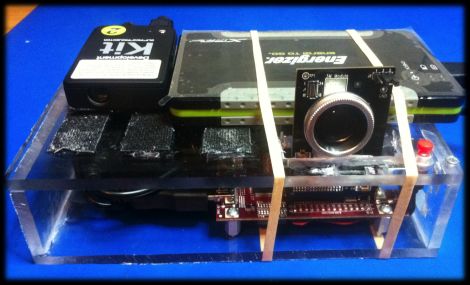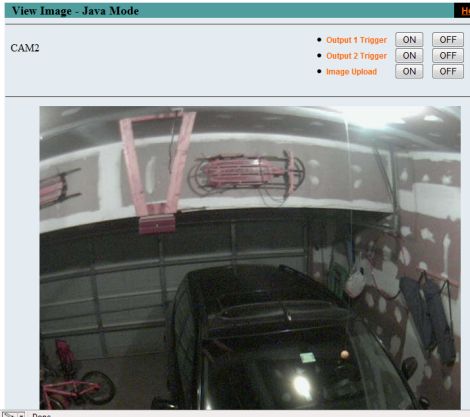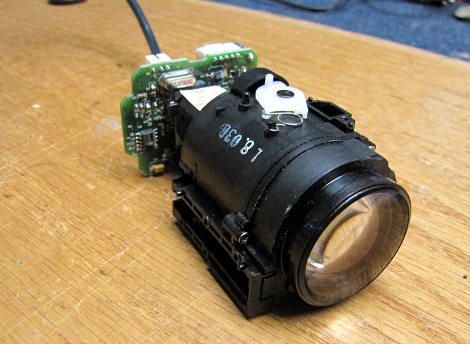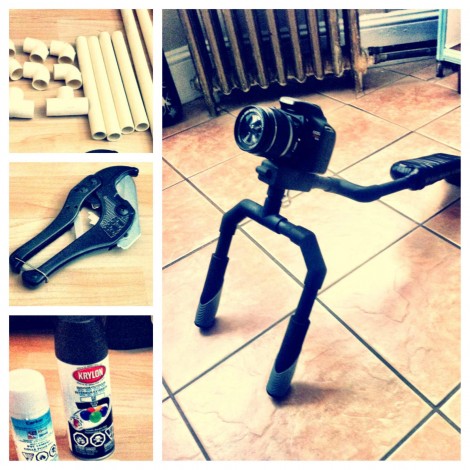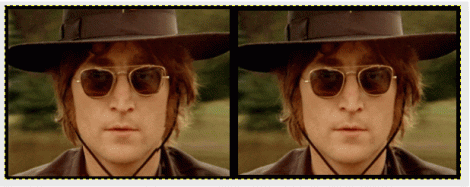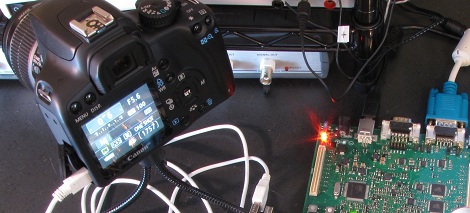
At Hack a Day, we’ve seen dozens of intervalometer builds that open and close a camera shutter remotely. [Luke Skaff] decided to take these builds to the next level by automating a camera’s focus and shutter with a Nintendo DS.
[Luke]’s build is based on the Open Camera Controller project that puts the power of an intervalometer, sound trigger, sequencer, and HDR bracket shooting into the hands of professional photogaphers. The Open Camera Controller is built to run on a Nintendo DS with an AVR-based card attached to the Game Boy Advance cartridge port.
The Open Camera Controller attaches to a camera’s shutter port, but [Luke] stepped things up a little bit by using a USB host controller and implementing the picture transfer protocol. Now, instead of [Luke]’s controller telling his camera when to open and close the shutter, the focus of the camera can be adjusted as well. [Luke]’s build uses an Xilinx CoolRunner-II CPLD and a USB host controller to convert the DS cartridge port to a USB port every DSLR can connect to.
[Luke] still has a mess of wires on his hand, but even we can see the power that inexpensive automation would bring to the world of digital photography.

